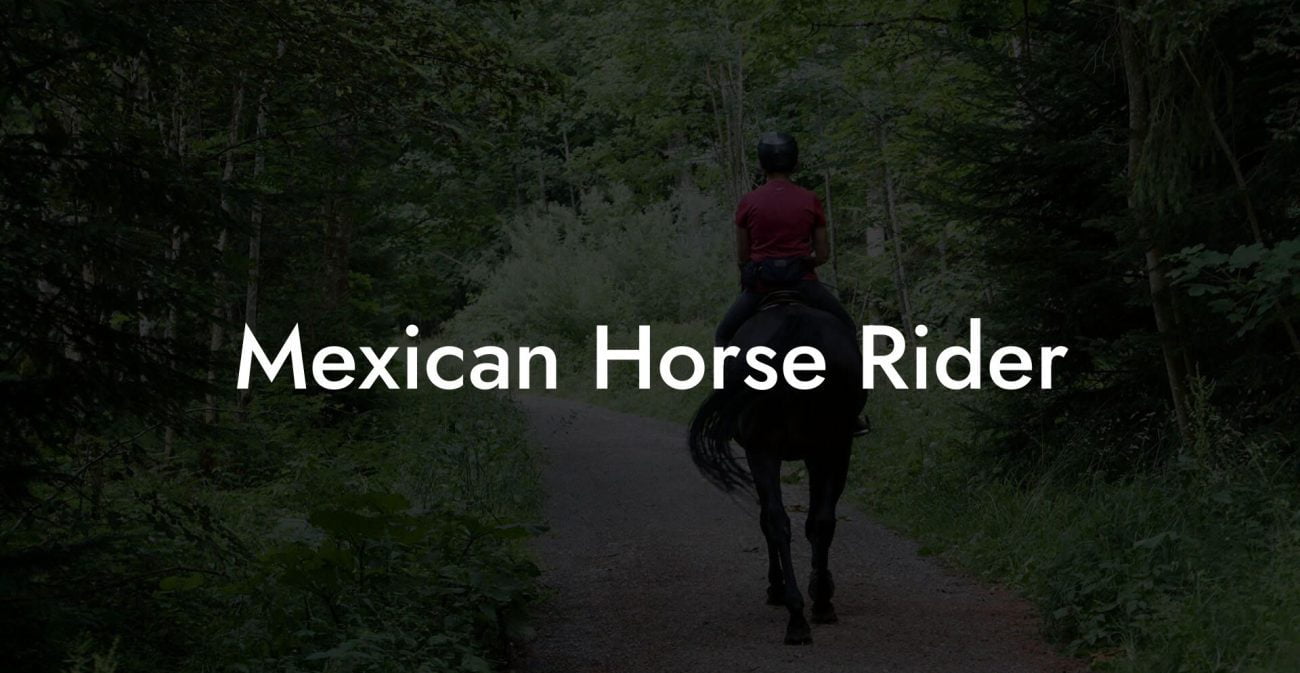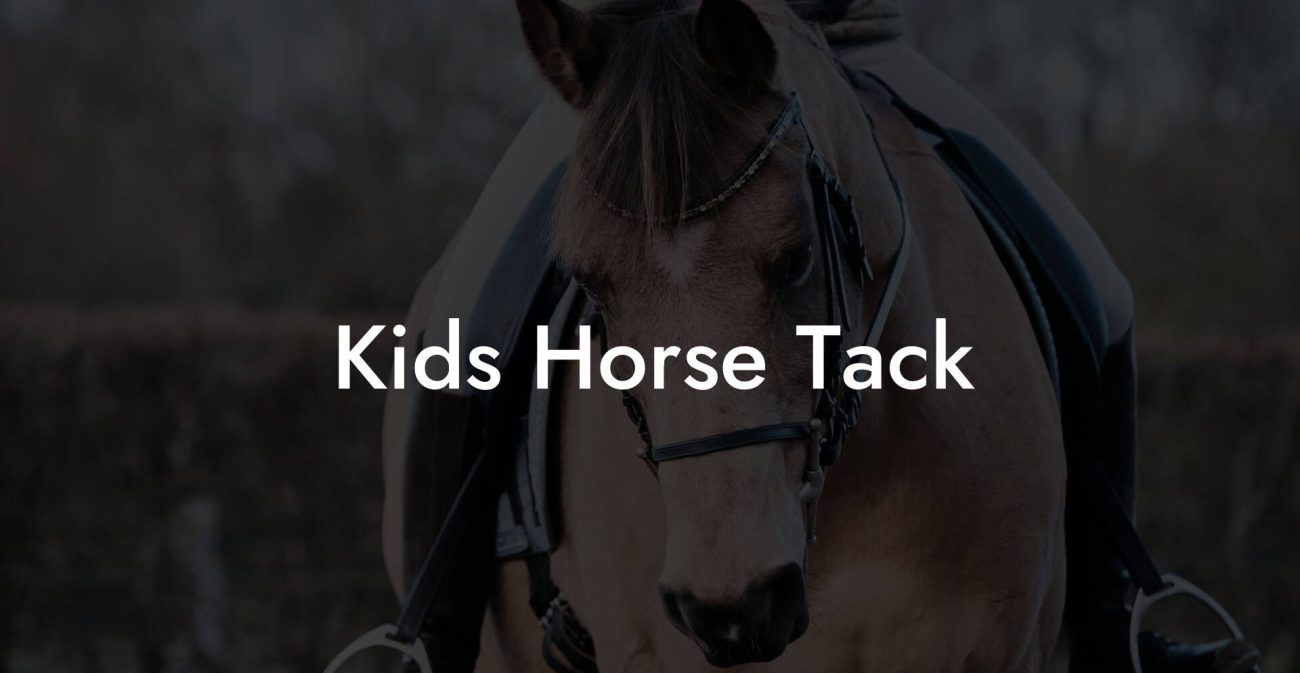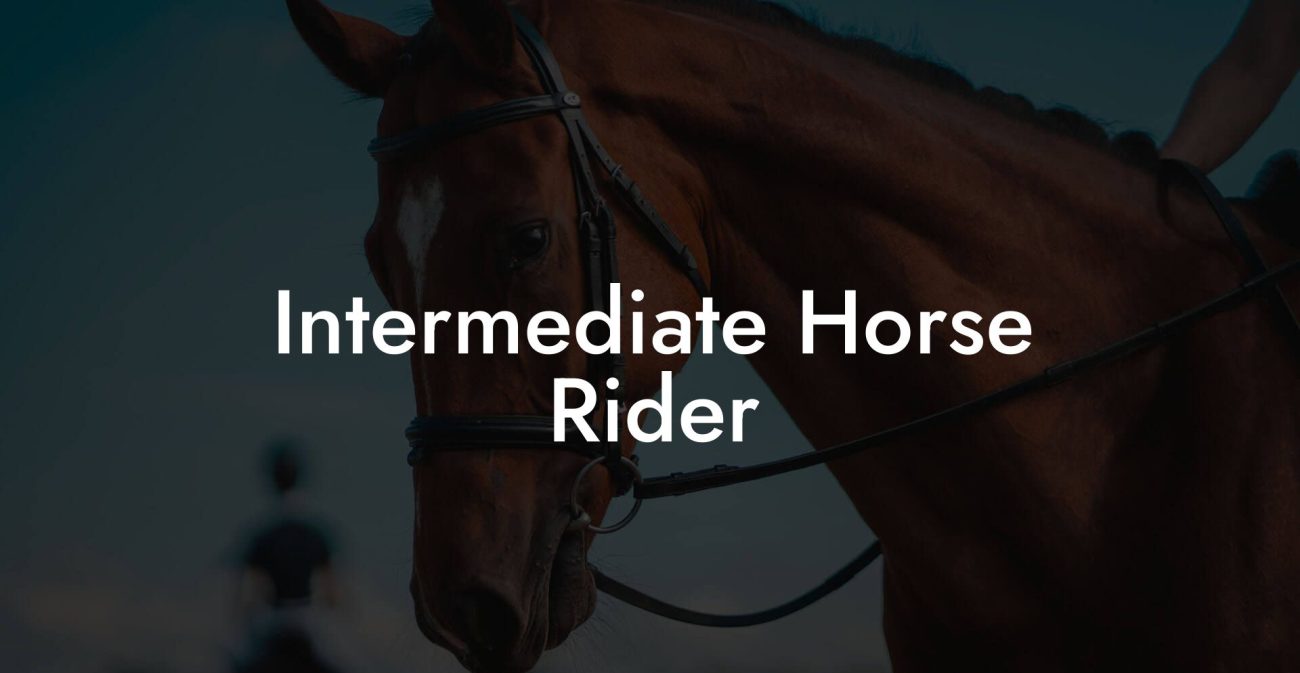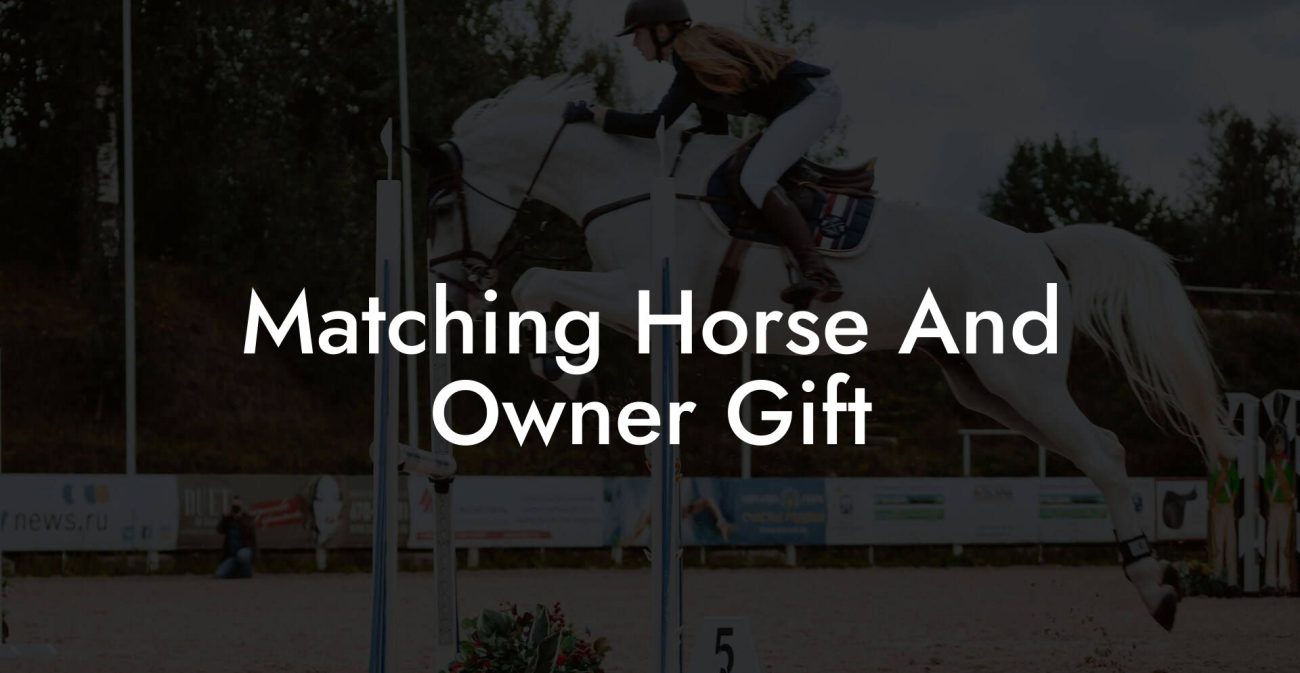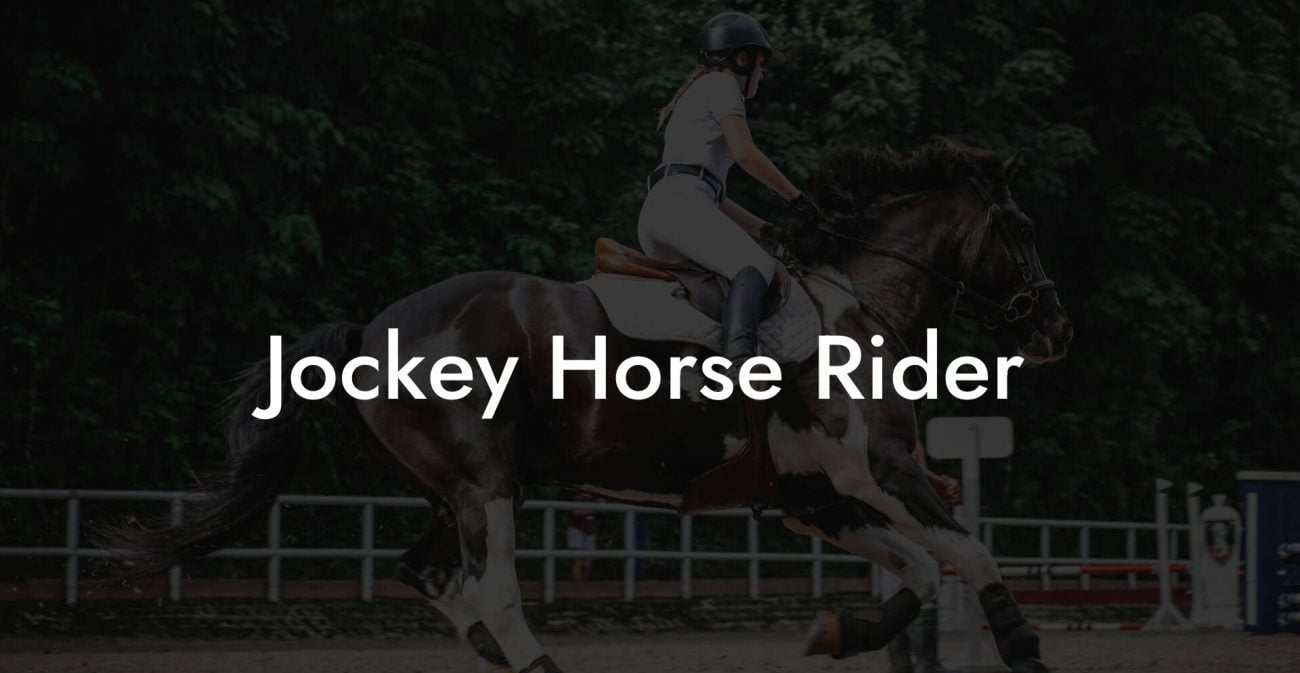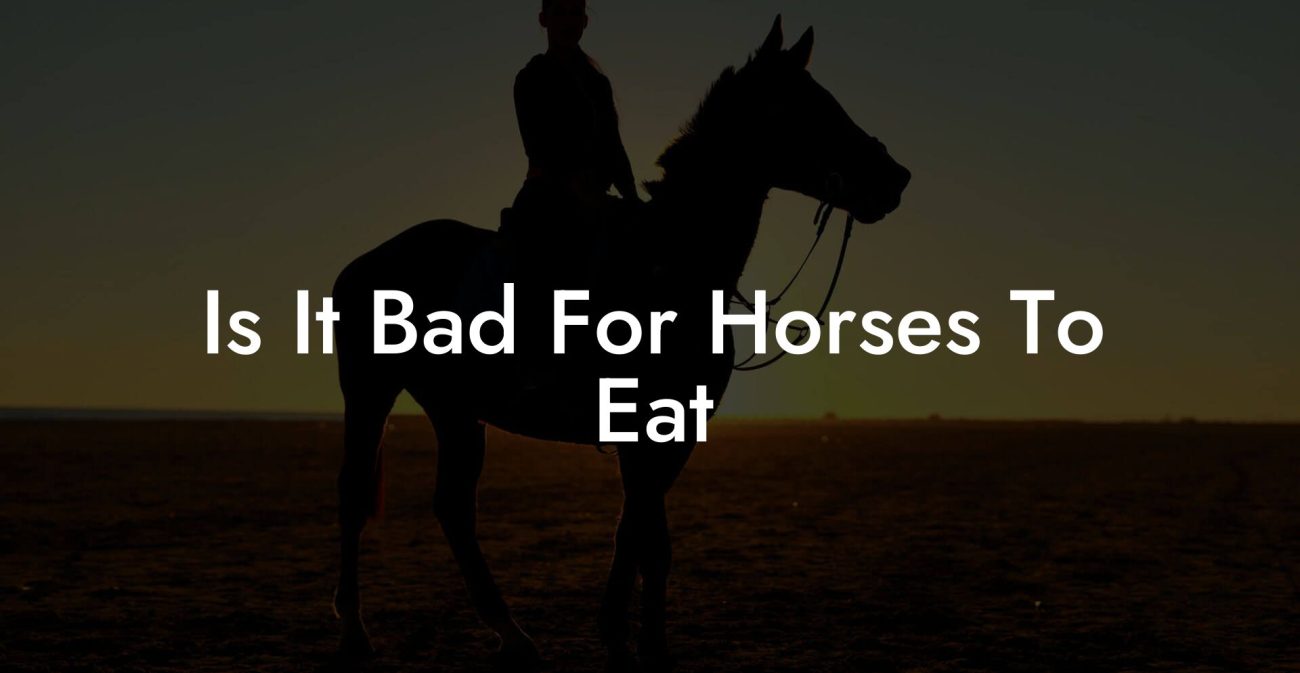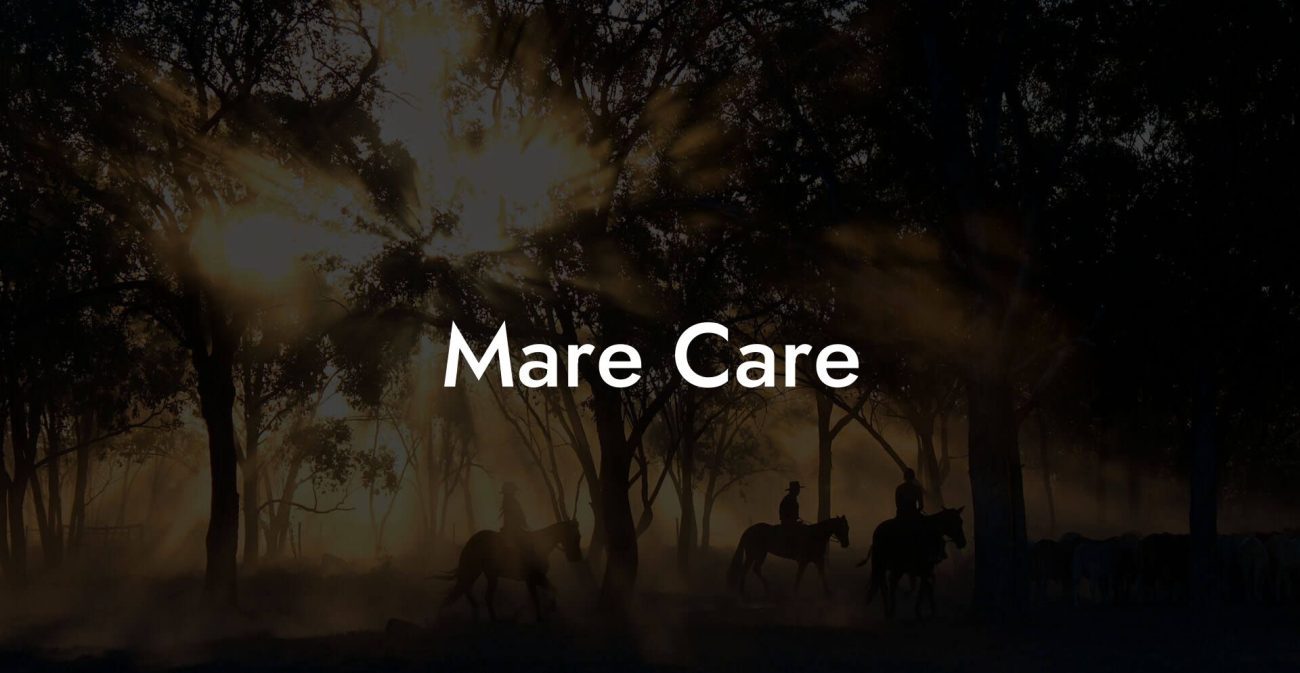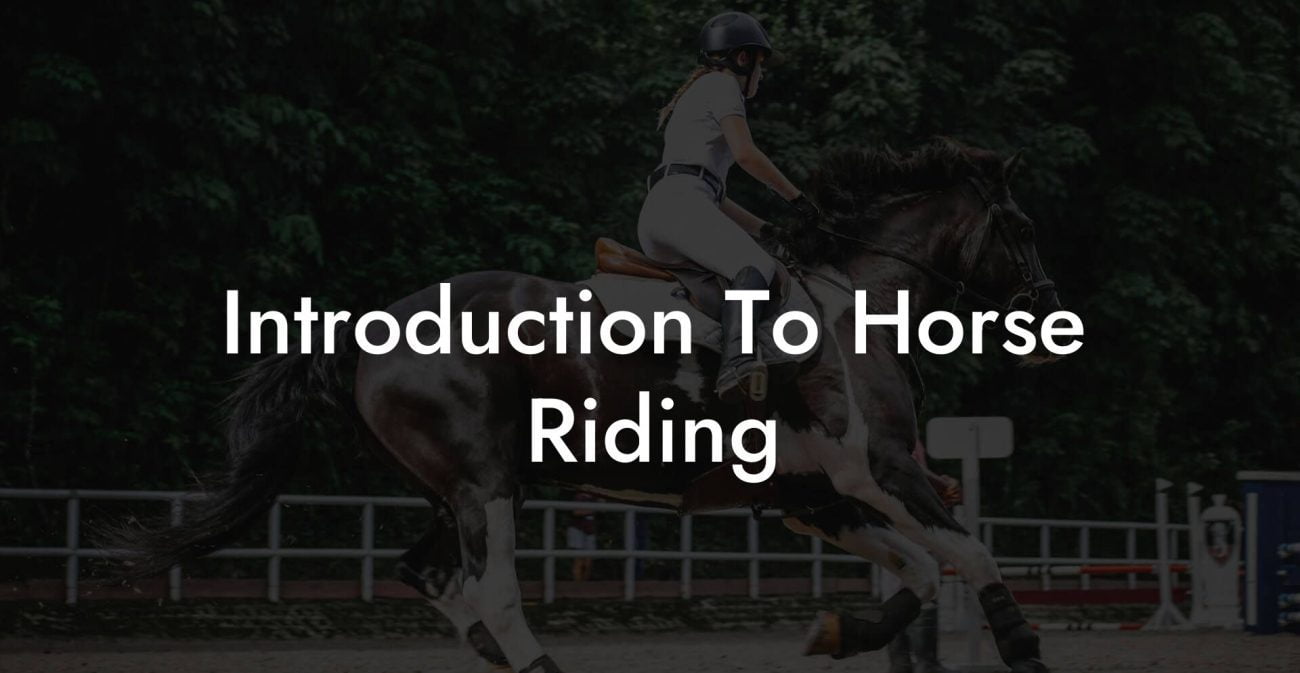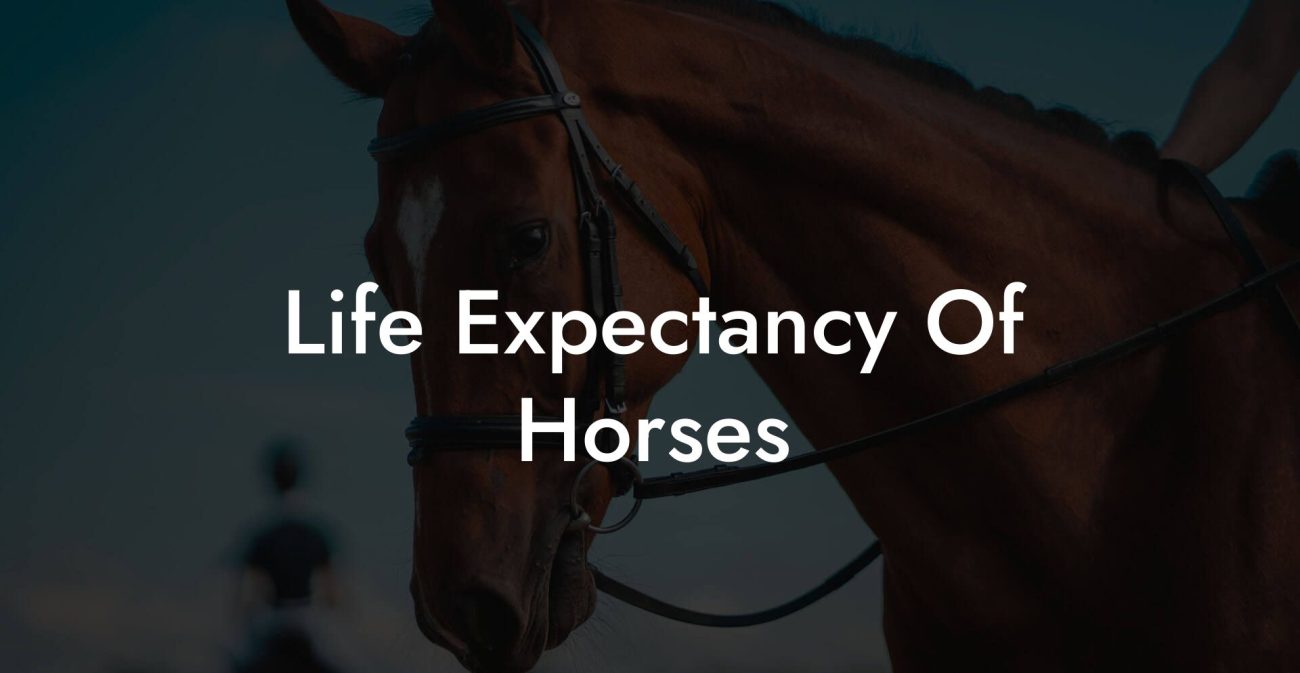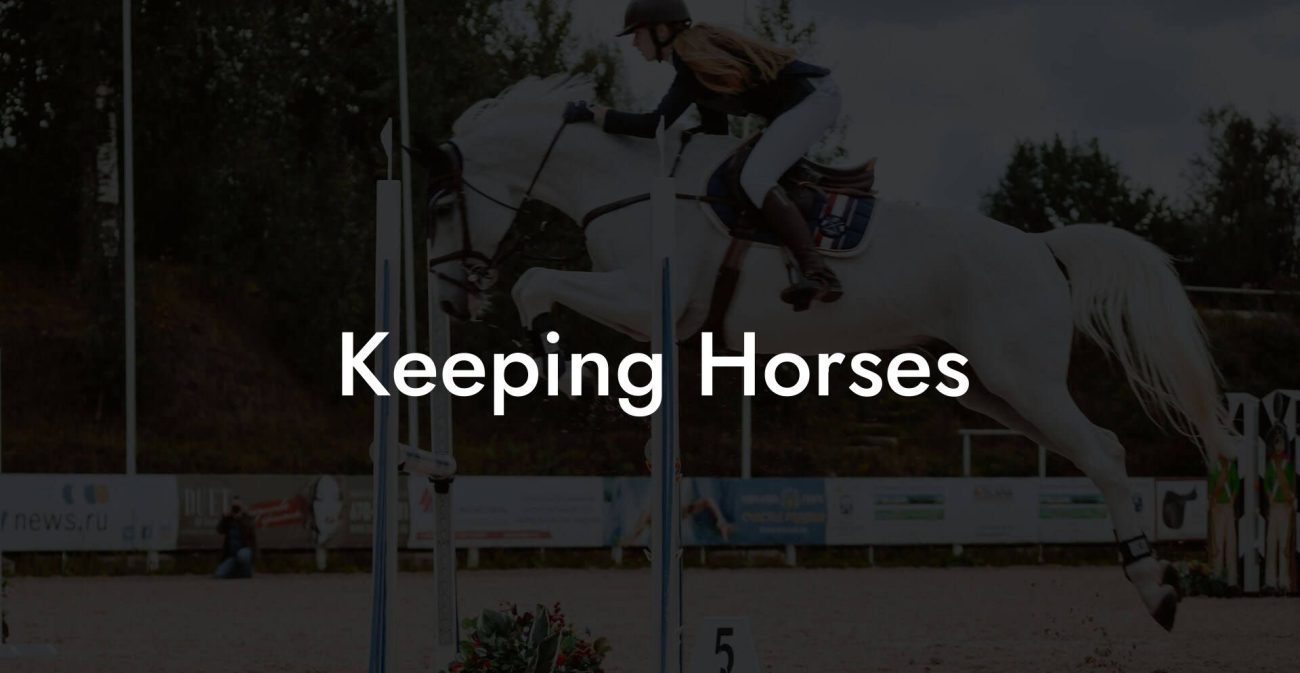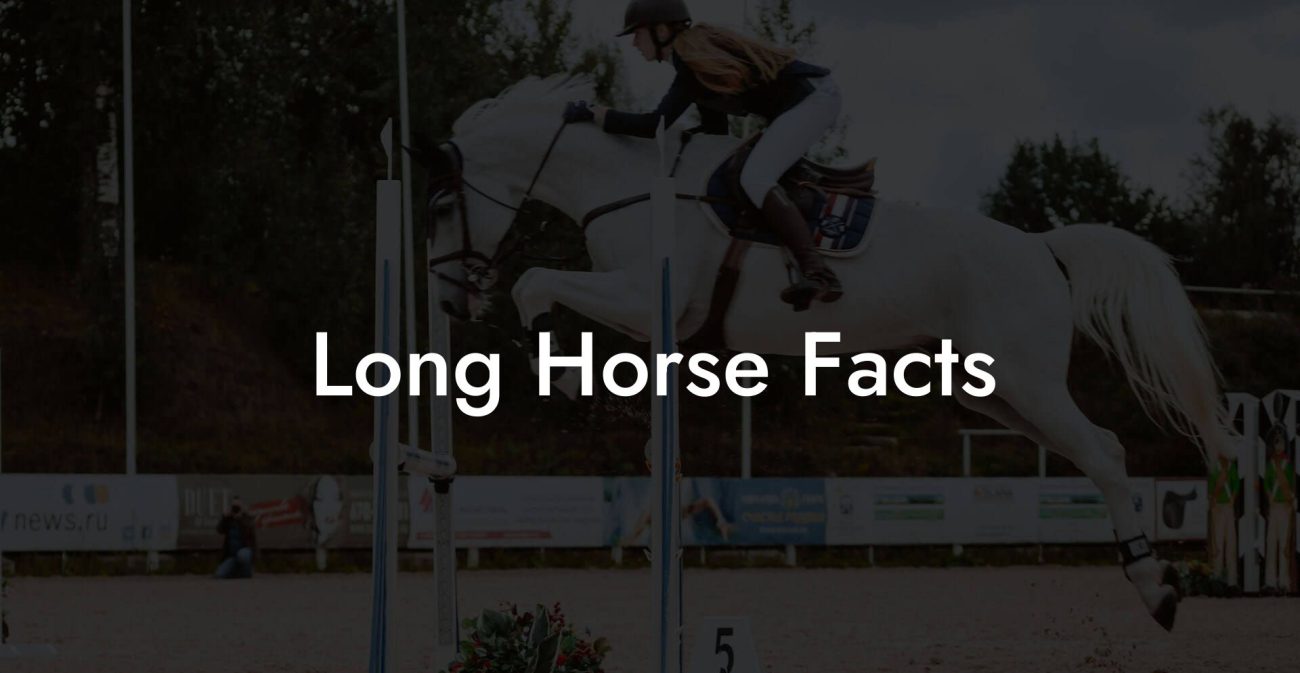Ever caught yourself wondering what a horse might blurt out after taking an unexpected tumble at the barn? Picture this: your majestic equine friend, after a little clumsy pratfall, shakes it off and mutters something so hilariously on point that it instantly becomes your favorite meme fodder. “What Did The Horse Say After It Tripped?” might just be the punniest riddle you’ve heard all day, a playful blend of horse humor and genuine insights into the art of caring for our four-legged pals.
Quick Links to Useful Sections
- The Anatomy of a Tumble: Understanding Why Horses Trip
- What Did The Horse Say? Unraveling the Humor in a Tumble
- Equine Safety 101: Preventative Measures to Keep Your Horse Upright
- 1. Inspecting the Environment: Spotting Hazards Before They Happen
- 2. Routine Health Checks: More Than Just a Pat on the Neck
- 3. Training and Exercise: Building Strength and Agility
- 4. Proper nutrition and Hydration: Fueling the Perfect Stride
- The Science of Equine Recovery: What to Do After a Tumble
- Immediate First Aid: Swift Responses for Small Injuries
- When to Call the Vet: Recognizing the Red Flags
- Creating a Post-Fall Action Plan
- Horse Training and Rehabilitation: Getting Back in the Saddle
- Rest and Recovery: Recognizing When To Slow Down
- Rehabilitation Exercises: Starting Slow and Steady
- Mental Health: Rebuilding Trust and Confidence
- Nutrition, Supplements, and Holistic Care in Equine Recovery
- The Role of a Balanced Diet
- Supplements for Joint and Muscle Health
- Holistic Approaches: Massages, Acupuncture, and More
- How to Care for a Horse: The Ultimate Guide for Modern Horse Owners
- Daily Grooming and Maintenance
- Saddle Fit and Riding Safety
- Exercise Routines and Mental Stimulation
- Community and Resources: Your Next Steps in Equine Empowerment
- Innovative Technologies Transforming Equine Health
- Smart Wearables: The Future of Equine Monitoring
- Mobile Apps and Digital Platforms
- Virtual Consultations: Expert Advice at Your Fingertips
- Horse Behavior and Communication: Reading Between the Whinnies
- Decoding Body Language
- Humor in Equine Interactions
- Equine Fitness and Strength: Building a Resilient Racer
- Strength Training for Horses
- Flexibility and Mobility
- Equine Health Monitoring: Tools and Technologies That Matter
- Wearable Health Monitors
- Data-Driven Care: Analyzing Trends Over Time
- Horse Humor and Life Lessons: More Than Just a Laugh
- Equine FAQs: Everything You Need to Know About Horse Care & Recovery
- Your Journey to Equine Empowerment: Embrace, Learn, and Laugh Along the Way
The Anatomy of a Tumble: Understanding Why Horses Trip
Horses, with their graceful gallops and magnificent manes, aren’t exactly known for their clumsiness. Yet, just like us, they sometimes lose balance or misstep, leading to an unexpected trip. But don’t be fooled by the occasional slip, a horse’s fall isn’t always a sign of weakness. Often, it’s a signal that your equine companion might need a little extra TLC. In the world of horse care, understanding the factors behind these mishaps is as essential as knowing which hay brand they prefer.
When exploring the mysteries of an equine spill, it’s important to consider multi-faceted reasons such as uneven terrain, overly enthusiastic play, or even simple overexertion. The delicate balance between excitement and stability can sometimes tip in the wrong direction, leaving a trail of hay and laughter. By paying close attention, horse owners can quickly identify potential hazards in the yard or barn, ensuring everyone, from the foals to the grizzled old stallions, stays safe and sound.
Whether it’s a momentary lapse in gait or a full-blown pratfall, every tumble tells a story. It might be the horse’s way of saying, “Hey, check out this slick spot!” or even silently hinting, “I need more flex and strength training.” Thus, a trip is not just a mishap, it’s a candid form of communication.
What Did The Horse Say? Unraveling the Humor in a Tumble
Let’s get to the punchline: What did the horse say after it tripped? While a quick quip like “Neigh problem, just a little haywire!” might be the perfect zinger for your social feeds, there’s a deeper layer of humor that resonates with the modern, meme-savvy audience. The phrase encapsulates a blend of silly wordplay and a nod to a universal truth: mistakes are just stepping stones to better care.
Just like our own clumsy moments, those times when we spill our iced latte or trip over nothing at all, our horses remind us that falling down is part of learning to stay upright. The humor isn’t just to lighten the mood; it’s a clever way of reinforcing a vital message for horse enthusiasts: acknowledging mishaps is the first step toward prevention and improved care.
So next time you hear a horse “neigh” after a fall, remember, it’s not mockery, it’s an invitation for horse owners to re-evaluate training methods, feed quality, and even the safety of the riding arena. Embrace the laughter and let it guide your passion for optimal equine health.
Equine Safety 101: Preventative Measures to Keep Your Horse Upright
Just as we invest in safety gear for extreme sports, a little preventative care goes a long way in ensuring our horses stay on their feet. Whether you’re managing a bustling stable or simply enjoying the company of one majestic mare, a proactive approach to horse care is essential. Here’s your crash course in making your horse’s world safer:
1. Inspecting the Environment: Spotting Hazards Before They Happen
The first step in preventing falls is to meticulously inspect your horse’s environment. Uneven footing, loose gravel, and slick surfaces can all become potential hazards. Engage in regular stable maintenance and ensure that your arena is free of debris. A well-lit, clean, and secure space isn’t just visually appealing, it’s a cornerstone of equine safety.
For those in rural or stable environments, consider investing in non-slip mats for barn floors and ensuring that walkways are well maintained. It might seem like overkill to scrutinize the terrain, but as any seasoned rider will tell you, prevention goes a long way!
2. Routine Health Checks: More Than Just a Pat on the Neck
Regular veterinary visits are key. A horse’s musculoskeletal health is intricate, and even minor imbalances can lead to unexpected tumbles. Routine checks help detect issues like arthritis, muscle strain, or even subtle lameness that might lead to instability.
During these visits, veterinarians often check for signs of fatigue and ensure that the horse’s hooves are properly trimmed and balanced. A well-maintained hoof is like having custom sneakers, it provides the grip and comfort needed for every stride. And let’s be honest, every horse deserves the VIP treatment!
3. Training and Exercise: Building Strength and Agility
Much like us hitting the gym to prevent injuries, horses need regular exercise that focuses on building strength and coordination. Structured training sessions that include balance exercises, flexibility drills, and even playful activities can significantly reduce the risk of accidents.
Think of it as a cross-training regime for your horse. From trotting through obstacle courses to practicing precision in dressage, every workout contributes to a stronger, more agile body, making those slips less likely and graceful recoveries more common.
4. Proper nutrition and Hydration: Fueling the Perfect Stride
Nutrition plays a crucial role in maintaining muscle and joint health. A balanced diet, rich in quality hay, grains, and essential vitamins, ensures that your horse’s body is well-equipped to handle the rigors of daily activity. Supplementing their diet with the right minerals and electrolytes can be especially beneficial when the temperature rises.
Hydration, too, is key. Adequate water intake keeps muscles supple and joints lubricated. When your horse is well-fed and well-hydrated, it’s less likely to fatigue, which is a common precursor to missteps and falls.
The Science of Equine Recovery: What to Do After a Tumble
When a horse trips, the moment of recovery is critical. Much like a viral TikTok challenge, the aftermath of a fall can either be a minor stumble or set off a chain of events requiring immediate care. Knowing what to do in the first few minutes following a fall can make all the difference.
Immediate First Aid: Swift Responses for Small Injuries
First, assess the situation calmly. Look for any signs of pain or distress in your horse. Check for cuts, bruises, or signs of lameness that might indicate a deeper injury. If it’s a minor tumble with no apparent harm, a gentle stroke and soothing words can help calm any anxiety.
Using a first aid kit designed for equines is advisable. This kit should ideally contain antiseptic solutions, bandages, and even cold packs, ensuring that you’re prepared for the unexpected. Remember: a calm horse is a cooperative horse, so your soothing presence can do wonders.
When to Call the Vet: Recognizing the Red Flags
Not every stumble leads to a catastrophic injury, but certain red flags warrant a professional evaluation. If your horse shows signs of persistent lameness, swelling, or unusual behavior post-fall (like a reluctance to move), it’s time to consult your veterinarian.
Delaying professional care can sometimes exacerbate minor issues. Your vet is not only a lifesaver in these moments but also an invaluable partner in maintaining your horse’s overall health.
Creating a Post-Fall Action Plan
Every horse owner should have a post-fall action plan. This plan might include:
- Immediate assessment of the horse’s condition.
- Contact information for your regular veterinarian.
- A checklist of first aid procedures specific to equine injuries.
- Guidelines for monitoring your horse’s behavior over the next 24-48 hours.
With a little preparation, what might seem like a crisis can turn into a manageable event, one that ultimately strengthens the bond between you and your equine friend.
Horse Training and Rehabilitation: Getting Back in the Saddle
After a tumble, it’s natural for horses, and their human their caretakers, to feel a bit shaken. Much like a recovery plan after an injury, the period following a fall is critical for building resilience and confidence. Here’s how a structured rehabilitation program can help.
Rest and Recovery: Recognizing When To Slow Down
Just like our bodies need rest after intense workouts or minor injuries, horses also require a period of recuperation. Limit their strenuous activities for a few days, allowing muscles and joints to mend naturally. Rest isn’t just about taking a break; it’s about giving your horse the time it needs to heal properly.
Manage their environment by ensuring they have a quiet, safe space to recuperate. In some cases, gentle hand-walking can help maintain circulation without putting undue stress on sore muscles.
Rehabilitation Exercises: Starting Slow and Steady
Once your horse gets the green light from the vet, rehabilitation exercises come into play. Movement is key, it keeps the blood flowing and reduces the chances of stiffness setting in. Start with light, controlled movements, gradually increasing activity as your horse heals.
Incorporate balance exercises that help reinforce core strength. Think of it as a tailored workout plan that not only helps the horse regain its former agility but also builds resilience against future mishaps. Techniques like ground poles and slow, deliberate transitions between gaits can do wonders.
Mental Health: Rebuilding Trust and Confidence
An often-overlooked aspect of recovery is mental well-being. A fall can unsettle even the most seasoned stallion or gentle mare. Spend extra time during the recovering phase to bond with your horse. Gentle grooming sessions, quiet time in a familiar environment, and positive reinforcement all contribute to rebuilding trust.
Creating an atmosphere of reassurance helps your horse regain its confidence. And once that inner spark is lit again, you might just catch it trotting happily, almost as if to say, “I’m back in the game!”
Nutrition, Supplements, and Holistic Care in Equine Recovery
Just as humans rely on a balanced diet to power through recovery from a workout or injury, so do horses. What you feed your equine friend after a fall can significantly influence how quickly and efficiently they bounce back.
The Role of a Balanced Diet
High-quality forage is the foundation of any horse’s diet. Fresh, nutrient-rich hay and the occasional grain boost not only energy levels but also aid in muscle and tissue recovery. A diet that’s rich in vitamins and minerals supports the repair of minor tissue damage caused by falls.
Incorporate a variety of nutrient-dense foods, think legumes, oats, and a sprinkle of vitamins tailored for horses. These small nutritional tweaks can have a big impact on your horse's overall vitality and resilience.
Supplements for Joint and Muscle Health
Supplements are more than just trendy add-ons; they’re often essential in promoting swift recovery. Glucosamine, chondroitin, and omega fatty acids can help reduce inflammation within the joints and ease the strain on muscles post-fall. Many horse owners swear by these supplements as a safe way to support equine joint health, particularly during times of increased physical activity.
When integrating supplements, always consult a veterinarian, as each horse’s needs can differ dramatically based on their activity level, age, and overall health.
Holistic Approaches: Massages, Acupuncture, and More
While traditional care and nutritional strategies are essential, many modern horse owners are turning to a host of holistic treatments. Equine massage therapy, for example, is gaining traction as a way to relieve muscle tension and improve circulation. A gentle massage can do wonders for a stiff body recovering from a fall.
Acupuncture isn’t just reserved for humans, some studies suggest that acupuncture can encourage healing and balance in horses, too. These therapies work in tandem with your horse’s natural recovery process, addressing both physical discomfort and overall energy flow.
How to Care for a Horse: The Ultimate Guide for Modern Horse Owners
Caring for a horse has become a multifaceted adventure, blending traditional practices with modern techniques to ensure our equine friends not only survive but thrive. This guide is your go-to resource for mastering the art of horse care in today’s tech-savvy, meme-sharing world.
Daily Grooming and Maintenance
Grooming isn’t just about keeping your horse looking picture-perfect for that Instagram story. It’s a vital ritual that promotes circulation, allows you to spot potential health issues early, and reinforces the bond you share with your animal companion. Regular brushing, hoof cleaning, and even the occasional mane trim go a long way in preventing skin problems and infections.
Plus, think of grooming as a time-out from the hustle, a quiet moment that’s perfect for bonding, sharing a gentle pat, or even whispering a few compliments (because why shouldn’t your horse feel fabulous?).
Saddle Fit and Riding Safety
If your horse has experienced a tumble, it might be time to check on the equipment too. A poorly fitted saddle can cause discomfort, mess with your horse’s balance, and, even worse, increase the risk of falls. Invest in a professional saddle fit and consider regular check-ups to ensure that both your horse and your riding gear are in sync.
Riding safety isn’t a one-size-fits-all proposition. From wearing proper helmets to selecting the right riding boots, every detail matters. After all, a happy horse is a well-cared-for horse, and a safe ride makes the journey all the more enjoyable.
Exercise Routines and Mental Stimulation
Beyond just staying physically fit, horses need mental stimulation to ward off boredom and anxiety. Create a varied exercise routine that includes not only basic riding but also trail explorations, ground exercises, and interactive games. This variety keeps the mind sharp and the body agile.
Consider integrating new activities like obstacle courses or even simple agility exercises that challenge your horse in a fun, engaging way. A bored horse might be more prone to mishaps, so why not keep them entertained while also boosting their fitness?
Community and Resources: Your Next Steps in Equine Empowerment
In every journey, there’s strength in community. As a modern horse owner, you have access to a wealth of resources, online forums, local equestrian clubs, innovative training programs, and expert advice from veterinarians and experienced trainers.
Connect with communities that share your passion. Platforms like Instagram, TikTok, and specialized equine blogs are brimming with insights, humorous anecdotes, and how-to guides that make horse care feel like less of a chore and more of a lifestyle.
Moreover, consider joining workshops, webinars, or riding clinics that offer hands-on advice and tailored recommendations. These opportunities not only enrich your knowledge but also empower you to transform any setback, like a clumsy tumble, into a stepping stone toward better horse care.
The journey of equine empowerment is a collaborative one. Lean on your community, share your experiences, and learn from others who have turned horse mishaps into triumphs. Whether you’re a seasoned rider or a millennial first-timer, there’s always something new to discover.
Innovative Technologies Transforming Equine Health
The world of horse care has entered the digital age, with cutting-edge technologies reshaping how we monitor and enhance equine health. From wearable trackers that monitor heart rates and movement patterns to mobile apps that remind you of feeding schedules and grooming sessions, modern tech is revolutionizing the way we care for our horses.
Smart Wearables: The Future of Equine Monitoring
Imagine your horse sporting a sleek, smart wearable that tracks its activity levels, detects subtle changes in gait, and alerts you to potential problems before they escalate. These devices can provide real-time data, helping you tailor exercise routines and nutritional plans more precisely than ever before.
By tapping into the power of smart technology, you get a glimpse into the daily rhythms of your horse’s life, a virtual window into their health that ensures you can act swiftly when something seems off. It’s like having a personal equine health coach available 24/7!
Mobile Apps and Digital Platforms
Digital platforms have made it easier than ever to track your horse’s progress. Plenty of apps are available that allow you to log exercise routines, monitor dietary intake, and even schedule vet appointments, all from the convenience of your smartphone.
These tools are not only time-savers; they’re also a source of inspiration. Many apps feature social features, community tips, and curated content that can help you keep up with the latest trends in horse care, ensuring that you’re always armed with the latest insights.
Virtual Consultations: Expert Advice at Your Fingertips
We live in a world where a video call can bridge the gap between you and a renowned equine expert. Virtual consultations provide valuable, professional advice without the need to travel far. Whether you need a quick tip on preventing falls or a deeper dive into your horse’s nutritional needs, these digital connections are invaluable.
Embrace these new tools to maintain a proactive and innovative approach to horse care. As technology continues to evolve, so too will the ways in which we nurture and protect our equine companions.
Horse Behavior and Communication: Reading Between the Whinnies
Horses might not speak our language, but they communicate in ways that are both fascinating and revealing. Understanding horse behavior is not only crucial for preventing accidents but also enhances the bond between you and your companion.
Decoding Body Language
Observing a horse’s body language can provide insightful clues about its physical and emotional state. Ears pinned back, a tense posture, or even a sudden shift in gaze can indicate discomfort or frustration, sometimes the precursors to a fall.
Learning to decode these signals takes practice, but the reward is immense. Recognizing that your horse might be tired or in a bit of distress can prompt you to adjust its exercise or rest routine accordingly. It’s all part of the dynamic communication process that defines the human-horse relationship.
Humor in Equine Interactions
While the occasional slip provides a moment of comic relief, it also opens a window into the playful side of equine behavior. Horses are known for their quirky personalities, sometimes displaying a sense of humor that can brighten even the gloomiest day. When your horse bumbles and utters a figurative “neigh,” it’s a reminder that even in the world of horse care, laughter is a healing force.
Embrace these light-hearted moments. They not only ease tension during a stressful incident but also remind us that every ride, every stumble, and every recovery is part of the unique journey of being a horse owner today.
Equine Fitness and Strength: Building a Resilient Racer
Just as elite athletes engage in rigorous training to maintain peak performance, horses benefit immensely from a well-structured fitness regimen. Building strength and flexibility can mitigate the risk of falls and improve recovery times if a tumble does occur.
Strength Training for Horses
Incorporate exercises that promote overall muscle development, core stability, and balance. Groundwork exercises such as serpentines, lateral movements, and controlled canter drills not only enhance agility but also instill confidence in your horse’s movements.
Regular strength training can also prepare your horse to face challenging terrains or unexpected obstacles more resiliently. After all, a strong, well-conditioned horse is better equipped to shake off a slip or trip with minimal fallout.
Flexibility and Mobility
Flexibility is the unsung hero of equine health. Stretching routines and dynamic warm-ups before strenuous activities help ensure that muscle fibers remain supple and joints flexible. Such practices lower the risk of sudden injuries and contribute to a smoother, more graceful performance overall.
Incorporate sessions of light stretching post-exercise, coupled with massage therapy or even hydrotherapy (if available), to further promote recovery and long-term mobility. Every little bit helps keep your equine friend running, jumping, and prancing without a hitch.
Equine Health Monitoring: Tools and Technologies That Matter
In today’s digital age, being in tune with your horse’s health is easier than ever. With a plethora of gadgets and apps designed specifically for equine care, technology has become your indispensable partner.
Wearable Health Monitors
Advances in wearable technology have led to devices that can track your horse’s heart rate, respiratory patterns, and even overall activity levels. These monitors not only help in evaluating fitness levels but also offer early warnings if something seems off. Whether it’s a slight change in gait or an abnormal heart rate post-exercise, these insights enable proactive measures.
Consider investing in a trustworthy, vet-approved wearable. It’s akin to having a “health dashboard” for your horse, allowing you to make more informed decisions about exercise routines, rest periods, and even dietary adjustments.
Data-Driven Care: Analyzing Trends Over Time
The wealth of data collected by modern devices can be a game-changer. Analyze trends over weeks and months to spot subtle changes in condition. Consistency in observations can reveal patterns that might be missed on a day-to-day basis.
Engaging with these tools not only ensures your horse gets the best care possible but also demystifies many aspects of equine health, making you a more confident and informed horse owner.
Horse Humor and Life Lessons: More Than Just a Laugh
Every now and then, the sight of a horse tripping, and then bouncing back like nothing happened, can be a poignant reminder of life’s unpredictable nature. The humor encapsulated in the question, “What Did The Horse Say After It Tripped?” isn’t merely a punchline; it’s an allegory for resilience.
Horses teach us, in their subtle yet profound way, to laugh at our own missteps. They show that every fall, no matter how dramatic or embarrassing, is simply a part of life’s carousel, and that the best remedy is to get up, dust yourself off, and keep galloping forward.
So, when your horse tosses its mane and gives you that knowing “neigh” after a stumble, take a moment to appreciate the unexpected wisdom behind the humor. It’s a playful nudge to value the journey, embrace imperfection, and trust that every fall is an opportunity to rise even higher.
Equine FAQs: Everything You Need to Know About Horse Care & Recovery
Here are some frequently asked questions that address common concerns and curiosities about horse falls, care, and recovery:
1. Why do horses sometimes trip despite their agility?
Horses can trip due to uneven terrain, overexertion, environmental hazards, or even a lapse in focus when jumping or running. Regular maintenance of their surroundings and routine health checks can help prevent many falls.
2. What steps should I take immediately after my horse trips?
Start with a calm post-fall assessment. Look for visible injuries, monitor their behavior, and consult your veterinarian if issues like persistent lameness or pain arise.
3. How can I incorporate humor effectively into horse care?
Humor is a great coping mechanism for stress. Light-hearted jokes, playful social media content, and a positive mindset can help diffuse tension after minor mishaps, reinforcing the idea that recovery is an opportunity to improve.
4. Are there specific exercises that reduce the risk of falls?
Yes. Regular strength training, balance exercises, and flexibility routines, such as ground poles and agility drills, can greatly reduce the risk of falls and enhance overall stability.
5. What nutritional factors contribute to faster recovery after a fall?
A balanced diet rich in quality forage, lean grains, and essential vitamins and minerals supports muscle repair. Hydration and joint supplements, under veterinary guidance, also promote a faster recovery.
6. How do wearable devices benefit equine health monitoring?
Wearable devices provide real-time data on heart rate, movement, and overall activity. This information helps you identify early signs of distress or injury, enabling timely interventions.
7. When should I opt for a professional consultation after a fall?
Seek professional advice if your horse shows signs of prolonged discomfort, unusual behavior, or if physical impairments persist beyond a short recovery period.
8. What role do community resources play in modern horse care?
Communities, both online and offline, offer valuable tips, support systems, and shared experiences that can help you navigate the challenges of horse care with confidence.
Your Journey to Equine Empowerment: Embrace, Learn, and Laugh Along the Way
Embracing the rollercoaster of horse care, complete with its spills, thrills, and occasional clumsy moments, means stepping into a world where every tumble narrates a story of resilience and humor. The playful riddle, “What Did The Horse Say After It Tripped?” serves as a fun reminder that even in moments of mishap, there’s a chance to learn, grow, and share a laugh with fellow horse enthusiasts.
Your journey as a horse owner is as much about fostering a safe and nurturing environment for your animal as it is about cultivating a spirited and informed community. Every careful hoofstep, every insightful training tip, and every shared funny fail weaves a tapestry of care that resonates with modern, mindful horse lovers everywhere.
As you continue to learn and implement the innovative, integrative methods of horse care, from safety inspections to high-tech health monitoring, balanced nutrition, and even embracing a bit of humor, you empower yourself to create a legacy of responsible, loving care. Whether you’re a Gen-Z equestrian or a millennial horse enthusiast, the path to equine empowerment is paved with passion, knowledge, and the occasional chuckle.
So, take a moment to appreciate every graceful stride and every light-hearted misstep. Each is a testament to the vibrant life you share with your remarkable friend, galloping sideways, tripping with style, and always, always bouncing back with that signature “neigh” of determination.
Let your journey be fueled by curiosity, laughter, and a dedication to continual learning. Embrace the mishaps, celebrate the victories, and know that every experience adds depth to the rich tapestry of modern horse care.


